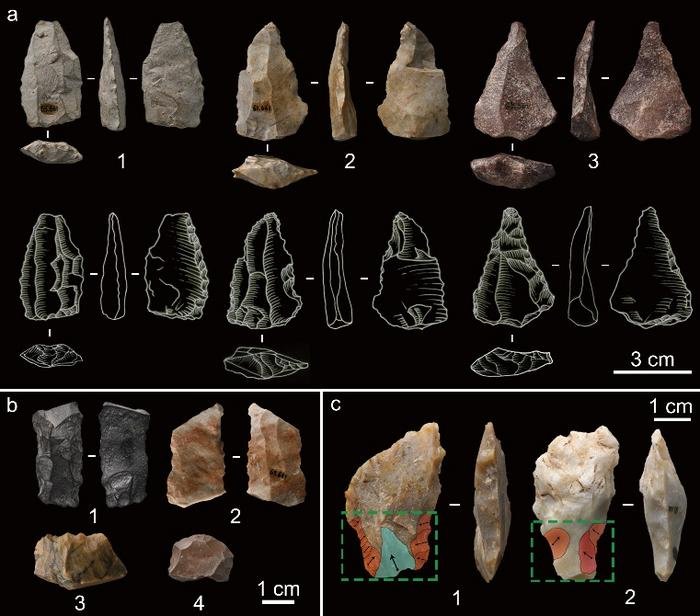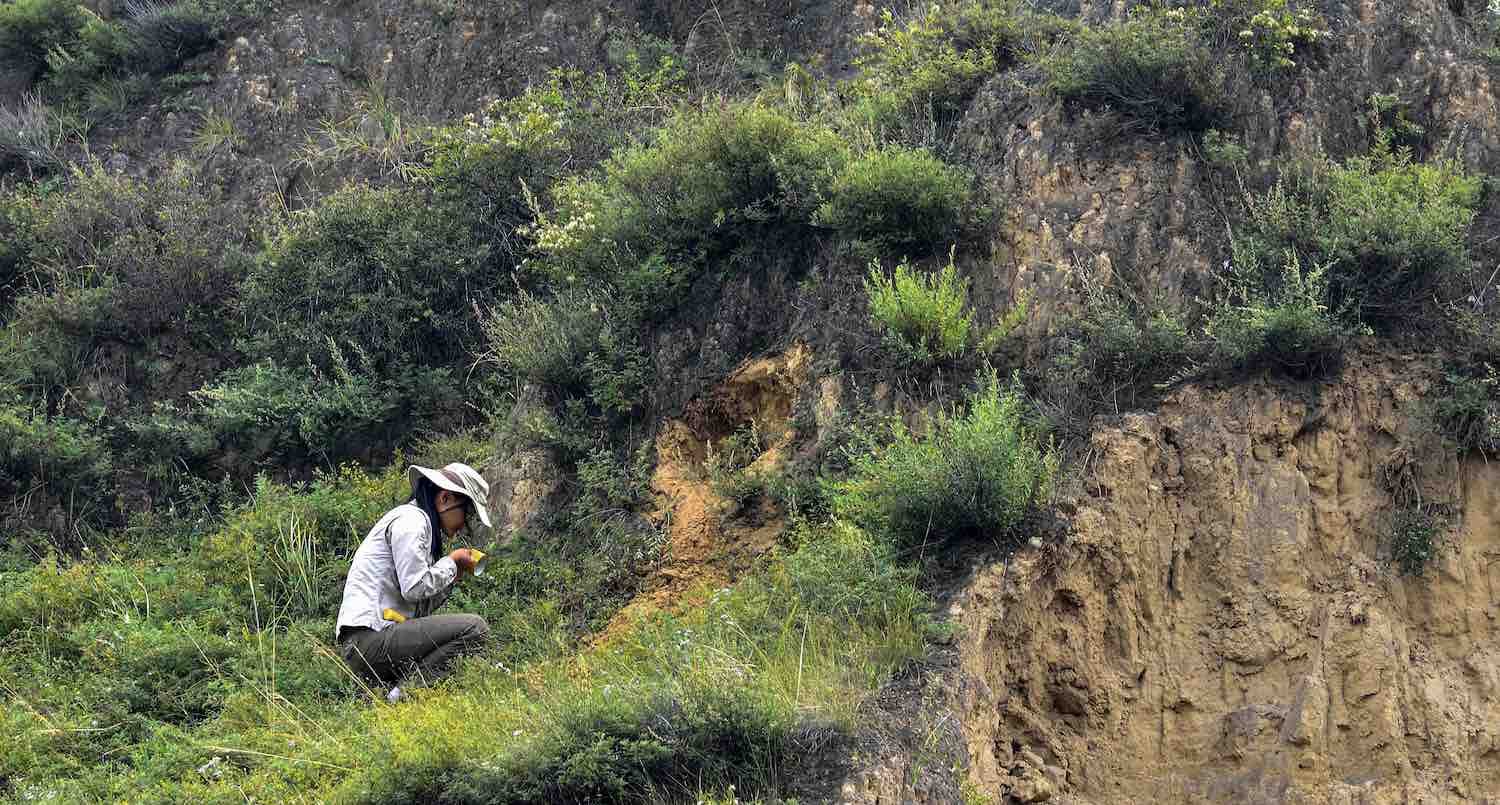Evidence of an advanced material culture that once thrived 45,000 years ago in East Asia has been discovered in China, according to an international team of archaeologists.
Analysis of materials from previous excavations that occurred in the early 1960s at the Shiyu archaeological site in China’s Shanxi Province represents what is believed to be the oldest use of such technologies in Northeast Asia, and provides new insights into ancient migrations of humans across the continent.
The Ancient Horse Hunters
According to the new analysis of materials retrieved from the location, the site’s Upper Palaeolithic assemblage dates to 45,000 years ago, and includes “blade technology, tanged and hafted projectile points, long-distance obsidian transfer, and the use of a perforated graphite disk,” according to Yang Shixia, an associate professor and first author of a new study detailing the team’s work.
In addition to its stone tool assemblage, obsidian from the site was determined to have been carried from quarries as far as 1000 kilometers away in the Russian Far East. Yang and the team also found evidence of “increased hunting skills denoted by the selective culling of adult equids, and the recovery of tanged and hafted projectile points with evidence of impact fractures,” according to a recent paper that describes their discoveries.


Other findings from Shiyu included a tool made from worked bone and a piece of graphite that had been shaped into a disc. These discoveries, along with a human cranial bone extracted from the site which, unfortunately, has now been misplaced, are nonetheless helping Yang and the international team reconstruct the migration of Homo sapiens into East Asia in the far distant past.
An Advanced Material Culture
As early as 45,000 years ago, the researchers say they unveiled evidence of “an advanced material culture” as indicated by the presence of Levallois points. This describes a specific flint knapping technique first recognized from 19th-century discoveries in France, which was developed hundreds of thousands of years earlier during the Middle Palaeolithic period by European Neanderthals and modern humans in the eastern Mediterranean.
Samples of animal bone from the original 1960s excavations were subjected to new analysis, which revealed some of them to be the remains of horses displaying modifications resulting from cut marks made by humans. With the addition of radiocarbon dating of the Shiyu site’s main cultural level, the site was dated to between 45,800 and 43,200 years ago.


This ancient horse-hunting group possessed an extremely advanced array of tools for the period, which included awls used to pierce tiny holes in hides and other materials, end-scrapers to help with the removal of hide and muscle following a hunt, as well as cutting tools and borers.
In addition to the sophistication of the tools recovered from the site, tracing the obsidian back to sites hundreds of kilometers away also conveys that this group of ancient hunters displayed strategies for material acquisition over long distances.
“Shiyu exhibits a set of advanced cultural behaviours,” Yang and his colleagues write in their paper, “and together with the recovery of a now-lost human cranial bone, the record supports an expansion of H. sapiens into eastern Asia by about 45 ka.”
The team’s new paper, “Initial Upper Palaeolithic material culture by 45,000 years ago at Shiyu in northern China,” appeared in the journal Nature Ecology and Evolution on January 18, 2024.
Micah Hanks is the Editor-in-Chief and Co-Founder of The Debrief. He can be reached by email at micah@thedebrief.org. Follow his work at micahhanks.com and on X: @MicahHanks.

